Nicholas Brust: Expressing Personality Through Music
By Susan Frances
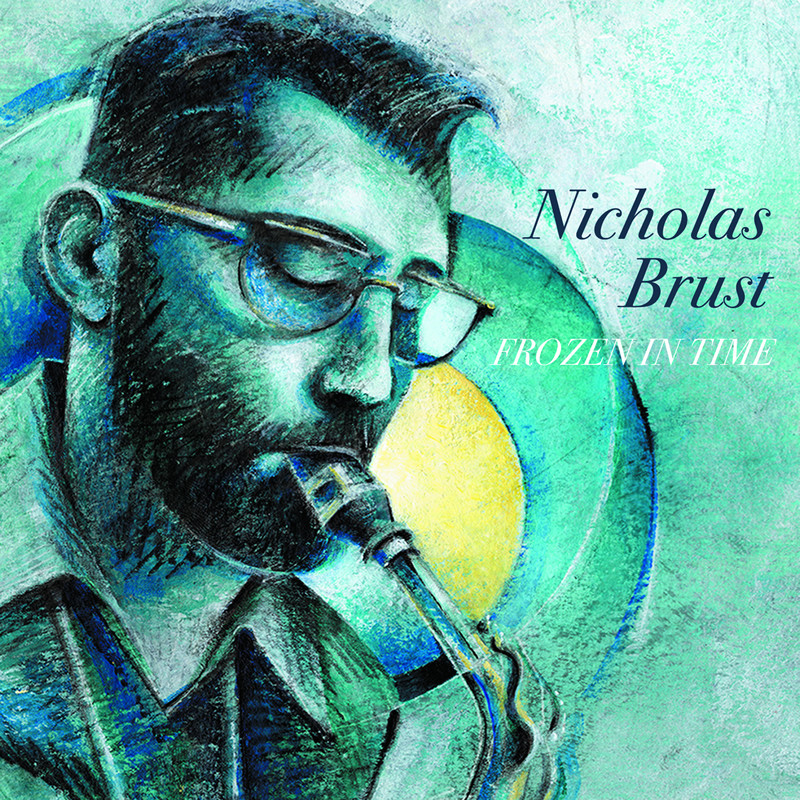 Frozen in Time, the latest offering from composer/saxophonist Nicholas Brust is more than merely an exercise in composing music with his band mates. The recording is an exploration of the various facets of Brust’s personality, and indeed of his band mates. Supported by Ben Eunson on guitar, Tuomo Uusitalo on piano, Josh Allen on bass, and Jay Sawyer on drums, Brust’s creative impulses triggered not only his imagination but that of the musicians working with him. Frozen in Time is a hard copy of what this collective put together when brought together.
Frozen in Time, the latest offering from composer/saxophonist Nicholas Brust is more than merely an exercise in composing music with his band mates. The recording is an exploration of the various facets of Brust’s personality, and indeed of his band mates. Supported by Ben Eunson on guitar, Tuomo Uusitalo on piano, Josh Allen on bass, and Jay Sawyer on drums, Brust’s creative impulses triggered not only his imagination but that of the musicians working with him. Frozen in Time is a hard copy of what this collective put together when brought together.
“Out of everyone in the group,” Brust confides, “I’ve known Ben the longest. We met in John McNeil’s combo at New England Conservatory (NEC) in fall 2011 and have been playing together regularly since then.”
Moving along the lineup, he provides, “I met Tuomo at a session at Smalls Jazz Club (in New York City). In addition to the late-night session at Smalls, I sometimes went to the Friday afternoon sessions. The overall level of talent at these was much lower, but the house bands were great. Tuomo’s trio was the house band in early 2015, and I remembered being blown away the first time I heard him. Tuomo has been a part of many different incarnations of my band over the years.”
He advances, “I met Jay Sawyer through various private sessions in 2013/2014, and I remember meeting Josh Allen at Mezzow sometime in 2016 or 2017. I remember one particular session that I played with Jay and Josh together, and there was something special in the way they felt the time together.”
Perceptively, Brust professes, “Everyone in the band has a unique and strong personality in their playing as well as a humble, team-first approach. I also admire everyone’s versatility, their ability to paint with a wide array of colors and the discipline to choose the best one for a given moment.”
Expressing one’s personality through music is a very important factor for Brust. It is the prevailing quality listener’s will notice in Brust’s endeavor, and the chief component that drew him to the saxophone as he recalls, “Some of my favorite things about the saxophone in general are its ability to shape notes in a vocal manner as well as the seemingly infinite shades of personality available. More than any other instrument, I can usually tell who is playing by the first couple notes.”
“To me,” he cites, “the alto, when played well, has always been my favorite. There is a certain power in the mid-to-high range that really  speaks to me, reminding me of the belting range of a strong singer. I also like the capability of the alto to sound full and tenorish in the low end.”
speaks to me, reminding me of the belting range of a strong singer. I also like the capability of the alto to sound full and tenorish in the low end.”
He describes how the music of saxophonist David Sanborn affected him early in his life and put him on the course he finds himself on presently. “I was born in late 1986, shortly after David Sanborn’s album Double Vision came out. My mom used to rock me to sleep as a baby to that album. Fast forward about 10 years later and I was trying to decide what instrument I wanted to play for the school band. My mom remembered that album and played it for me again, and I immediately fell in love with the sound of the saxophone.”
Being a good listener inevitably made Brust a revered leader. He supplemented his joy of playing the saxophone with an education from the Eastman School of Music and later the New England Conservatory. Remembering when he chose NEC, he reveals, “I knew when applying to several schools for my master’s degree that I wanted to go somewhere different from Eastman School of Music, somewhere with fewer bar lines and stressors and a looser, more creative environment. I chose NEC because I liked the representation of all of the different styles of jazz at the school, as well as the incredible faculty. While at NEC, I learned to fearlessly experiment with different compositional and improvisational elements, spurred by the imaginative concepts of my teachers. I also developed a wider range of moods/styles as a composer which would eventually prepare me to create sets of original music on a regular basis in New York.”
Stationed in Boston while attending NEC, Brust recollects what his musical experiences in the New England commercial hub consisted of for him. He prefaces, “In general, I wasn’t all that involved with the Boston music scene. I was there as a student for two years, during which I played a few big band gigs and had a brief stint as a bandleader playing mostly Wayne Shorter and Horace Silver tunes with an occasional original mixed in. I tried to get gigs at a few places but was mostly turned down.”
“I spent a lot of time absorbing the material in my classes,” he recounts, “as well as playing informal jam sessions with fellow students. The sessions were very important, since the culture when I was at Eastman wasn’t centered around playing outside of class. There are definitely a lot of concepts that can only be absorbed by playing with other people as much as possible.”
He observes, “I think a lot more opportunities would have opened up had I stayed in Boston for even another year or two after school. Boston was where my taste for modern jazz opened up; I was introduced to the music of Kurt Rosenwinkel, Robert Glasper, Ari Hoenig, Jonathan Kresiberg, Will Vinson, Lage Lund, and Mark Turner, as well as many others. Up until I moved to Boston I was obsessed with the bebop and hard bop traditions, as well as the post bop resurgence in the ’90s and 2000s.”
With an education in Boston, his training took off when he immersed himself in the New York City jazz culture. He remarks about the move to the Big Apple, “I chose New York because I was looking for a place where I could be totally immersed in the language and play with many different people as much as possible. During my early years in New York City, I sometimes went to four different jam sessions in a single evening. I learned a lot about myself by doing that, and it opened my eyes to just how many high-caliber musicians are out there.”
“New York is special,” he regards, “in part because of the depth of the scene; if someone can’t make a gig, it’s not too hard to think of at least ten other people who can fill in and sound incredible. New York helped me to eventually get over my obsession with pyrotechnic playing – what used to be impressive to me became common, and as that type of playing lost its allure, I began to actually make meaningful music.”
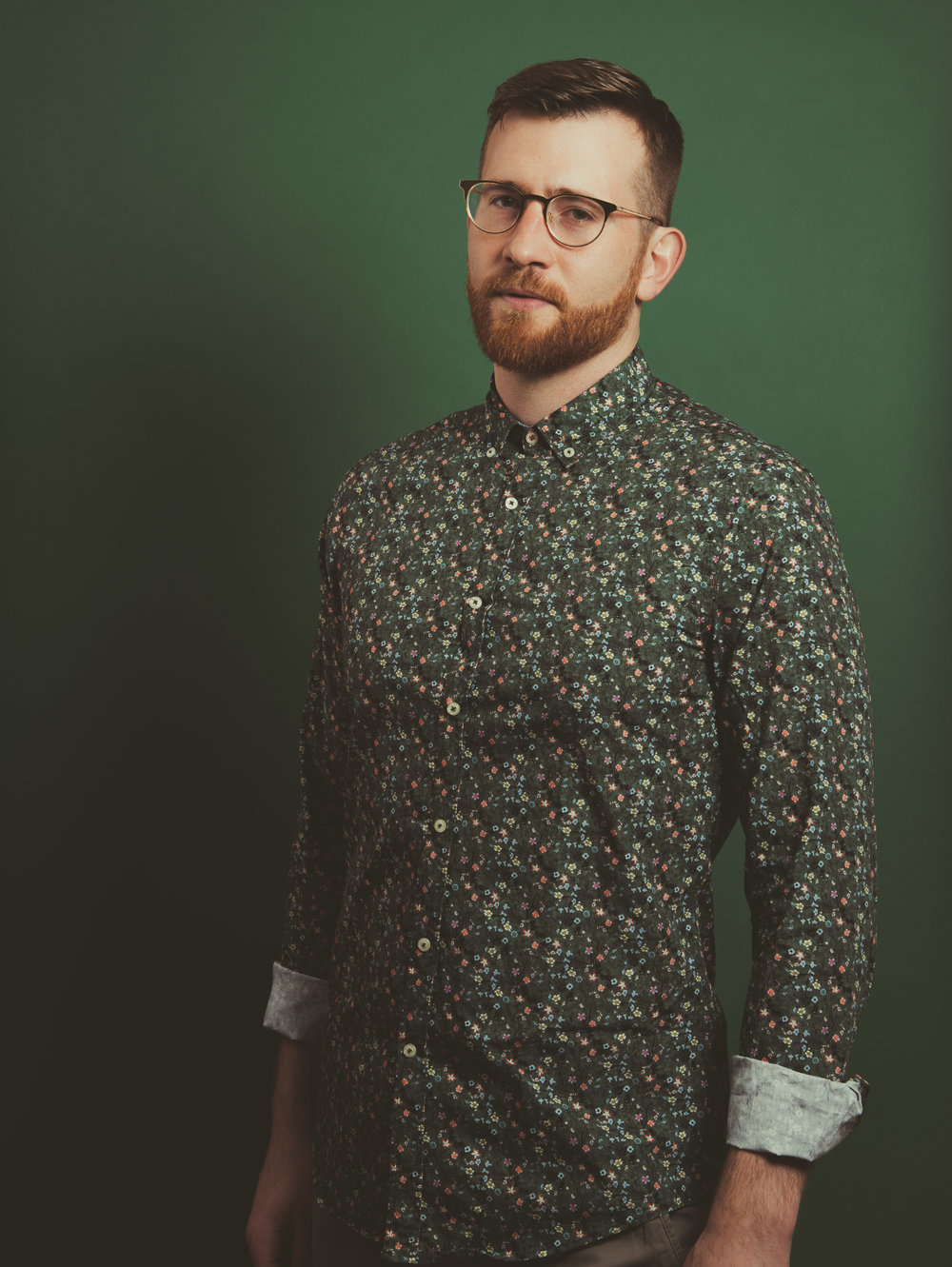 “Although most of my training has been learning and playing standard jazz repertoire,” he earmarks, “when it came time to record, I felt like the music that was most meaningful to me was a series of original compositions that I had written for various groups I had worked with in New York City.”
“Although most of my training has been learning and playing standard jazz repertoire,” he earmarks, “when it came time to record, I felt like the music that was most meaningful to me was a series of original compositions that I had written for various groups I had worked with in New York City.”
He singles out tracks from his latest recording and explains how they came to be. “‘Work Ahead,’ ‘Adversity,’ ‘Hearts and Spades,’ and ‘Frozen In Time’ were written for this particular group; ‘Brooklyn Folk Song’ and ‘A Shifting State’ were written for a different group involving Ben that I led in 2014/2015. ‘Soliloquy in F Minor’ dates back to my first year in New York, when I was playing a monthly quintet gig with a friend from Eastman, Adam Horowitz.”
In retrospect, he estimates,”I probably spent more time playing the melody of ‘Brooklyn Folk Song’ than any of the other tunes on the album. Because of that, I was able to play it with more flexibility. ‘Brooklyn Folk Song’ started as an experiment on the piano with a mostly pentatonic melody set over some specific fourth voicings. When I play this tune I imagine Prospect Park during a light rain, and I’m sure I was thinking about this image when recording it.”
Another track on the recording, “Soliloquy in F Minor,” a tribute to the works of Robert Glasper and Roy Hargrove, infuses traits of R&B into the music. A choice that Brust made based on contemporary musical influences in his life. “In particular,” he highlights, “I like a lot of the R&B/jazz crossovers done in the past 10-15 years. The first thing that I was exposed to in this vein was the RH Factor albums (Strength, Hard Groove, Distractions), and then when I first moved to New York City I would listen to Robert Glasper’s Black Radio and Black Radio 2. These albums have some of the harmonic complexity of jazz mixed with the approachable grooves of R&B. This particular genre has opened up a lot of people to jazz who wouldn’t otherwise listen to it, and I admire the R&B/jazz crossover genre for that.”
The track includes the soothing strokes of Uusitalo’s playing on the piano. Brust praises, “Tuomo has a very special touch on the piano. He has a way of playing that really draws you in as a listener without feeling that he is trying to draw you in. It’s always so easy and natural. I wanted to create an intro that used that touch to create a warm backdrop on which to paint the melody. The warmth inherent in Tuomo’s sound reminds me of the warmth of Robert Glasper’s vamps on a lot of his tunes.”
“I hope the music on the album,” he visualizes, “comes across as direct, honest, thoughtful, and somewhat adventurous. I tried as hard as I could to throw away my preparations in search of something more true to the moment.”
Brust discusses how he used the saxophone to infuse emotion into the music. “Although the saxophone is traditionally a melody 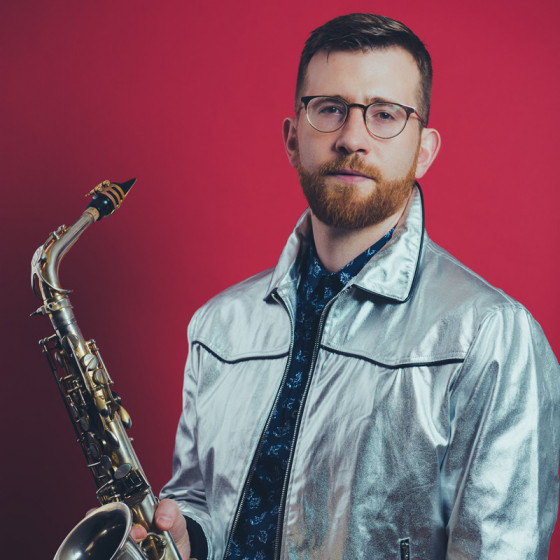 instrument that demands attention front and center,” he discerns, “I also really like the saxophone as a background texture, especially when playing a melodic line that moves through the harmony underneath.”
instrument that demands attention front and center,” he discerns, “I also really like the saxophone as a background texture, especially when playing a melodic line that moves through the harmony underneath.”
“There are a lot of different gradations of harmony with the ensemble and independence,” he determines, “and I like to use as many of them as possible depending on the emotion I’m trying to create. I think it’s very important to keep a team-oriented approach; even though I’m technically the bandleader, usually the most effective thing musically is to set up someone else in the band for a moment to shine. Those particular moments are my favorites on the album. The incisiveness of the saxophone can also be effective in a more traditional sense of leading the charge through a high-energy tune, and I certainly tried to use that at times as well.”
Moving ahead, he gauges, “I want to continue to write in this style and to explore other textures, and I’m hoping that this album will open up some new doors for me as a bandleader. More recognition could help make it easier for me to keep doing this in the sense that it could make it easier to get higher-profile gigs. But ultimately I feel a need to keep writing and presenting my music no matter what. Having an album out under my name is another step forward in defining my personal musical style, and it is a springboard for many more to come.”
An outlet he uses to document his work and performances is his Youtube channel, which he acclaims, “I think my Youtube channel has helped give me an outlet to further define myself musically without releasing an album. The series of videos I released in 2015 were really the first original tunes that I released professionally.”
Being practical about the business end of the music industry, he heeds, “I wouldn’t say I have a particularly wide audience, partly because I haven’t been cranking out content on a regular basis. I think we are in an era where many successful artists put out lots of regular content and I’ve found it extremely hard to keep up with that pace. I think it is worth it in the sense that you can make your own creative platform without having to go through a label – you have the freedom to release what you want to. But in a purely financial sense, it’s not worth it unless you are really dedicated to churning out content and building a fanbase. And even then, it takes a lot of time and effort to reach a level in which you start making money. I haven’t found any other outlets in the meantime, but I think Patreon has potential.”
When Brust isn’t actively working on his musical endeavors, he continues to stay active physically as he considers, “I am very passionate about maintaining a healthy life outside of music, whether that’s through my relationships with close friends and family or regular exercise. I grew up in the Rochester, New York area and still like to go back there for the jazz festival when I can during the summer. That festival played an instrumental role in my development before college. I love following professional sports, especially the Buffalo Bills and Boston Celtics. I also like to keep up with the latest shows on Netflix and Hulu; there’s a lot of great content on those platforms that is worth time digesting as a person and an artist.”
Brust’s latest release, Frozen in Time, is not only a physical copy of his original compositions, it is a collaborative effort with his band mates. The quintet play as a solid unit, a unified team, a jazz collective who each support one another’s performance while expressing their own individual personalities, triggering each other’s imagination and creative impulses. Discernibly, one prevailing characteristic in the compositions is they are each multi-faceted, and they were, no doubt, designed to be so.
About Susan Frances:
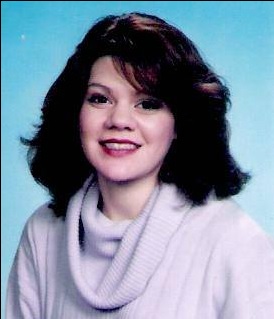 Born in Brooklyn, New York and raised in eastern Long Island, I always enjoyed writing and made several contributions to my high school literary magazine, The Lion’s Pen. Influenced by writers of epic novels including Colleen McCullough and James Clavell, I gravitated to creative writing. After graduating from New York University with a BA in Liberal Arts, I tried my hand at conventional jobs but always returned to creative writing. Since 1998, I have been a freelance writer and have over three thousand articles to various e-zines including: Jazz Times, Blogcritics, Yahoo Voices, Goodreads.com, Authors and Books (books.wiseto.com), TheReadingRoom.com, Amazon.com, Epinions.com, Fictiondb.com, LibraryThing.com, BTS emag, BarnesandNoble.com, RomanticHistoricalReviews.com, AReCafe.com, Hybrid Magazine, and BookDepository.com. In 2013 and 2014, I was a judge in the Orange Rose Writing Competition sponsored by the Orange County chapter of the Romance Writers of America located in Brea, California.
Born in Brooklyn, New York and raised in eastern Long Island, I always enjoyed writing and made several contributions to my high school literary magazine, The Lion’s Pen. Influenced by writers of epic novels including Colleen McCullough and James Clavell, I gravitated to creative writing. After graduating from New York University with a BA in Liberal Arts, I tried my hand at conventional jobs but always returned to creative writing. Since 1998, I have been a freelance writer and have over three thousand articles to various e-zines including: Jazz Times, Blogcritics, Yahoo Voices, Goodreads.com, Authors and Books (books.wiseto.com), TheReadingRoom.com, Amazon.com, Epinions.com, Fictiondb.com, LibraryThing.com, BTS emag, BarnesandNoble.com, RomanticHistoricalReviews.com, AReCafe.com, Hybrid Magazine, and BookDepository.com. In 2013 and 2014, I was a judge in the Orange Rose Writing Competition sponsored by the Orange County chapter of the Romance Writers of America located in Brea, California.


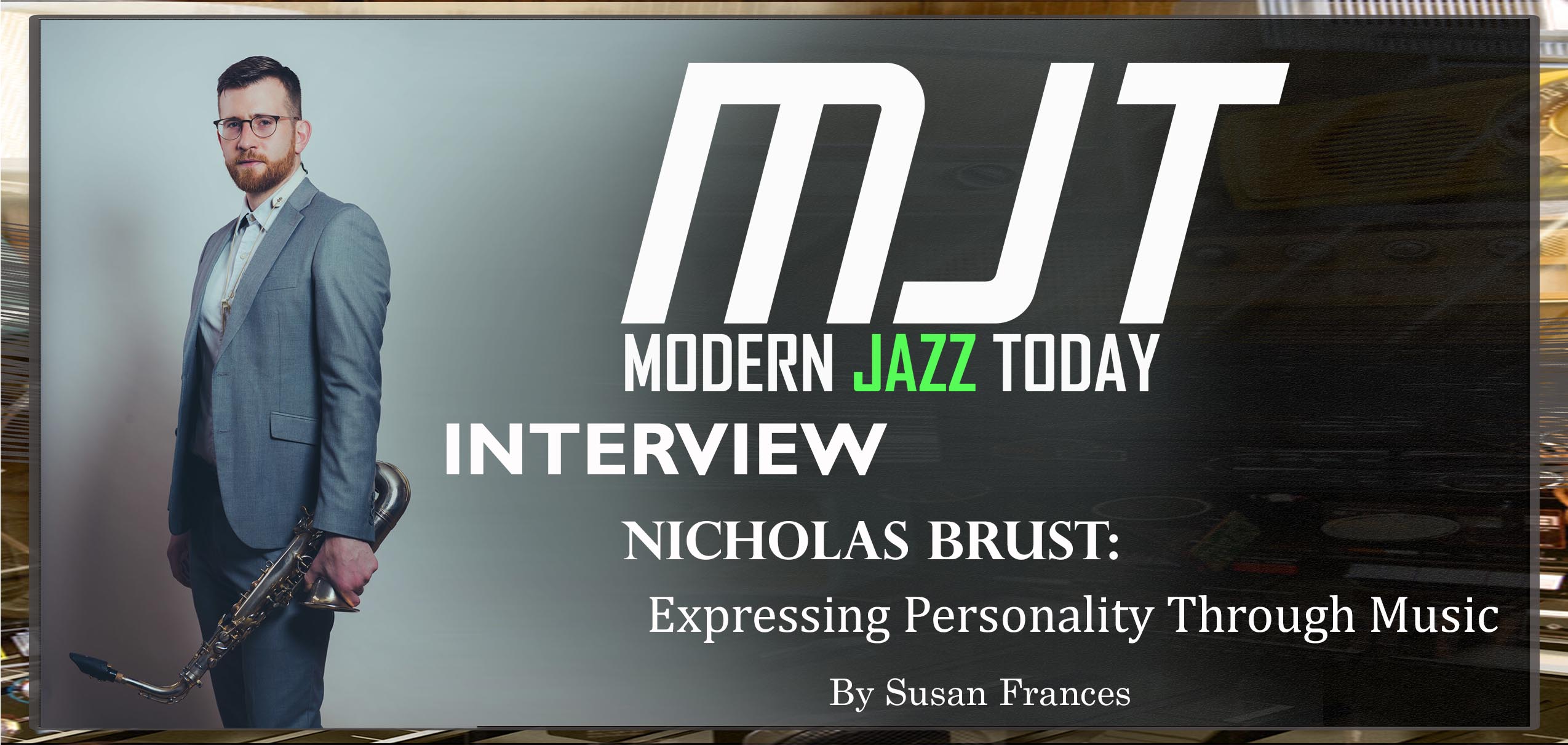


No Comments